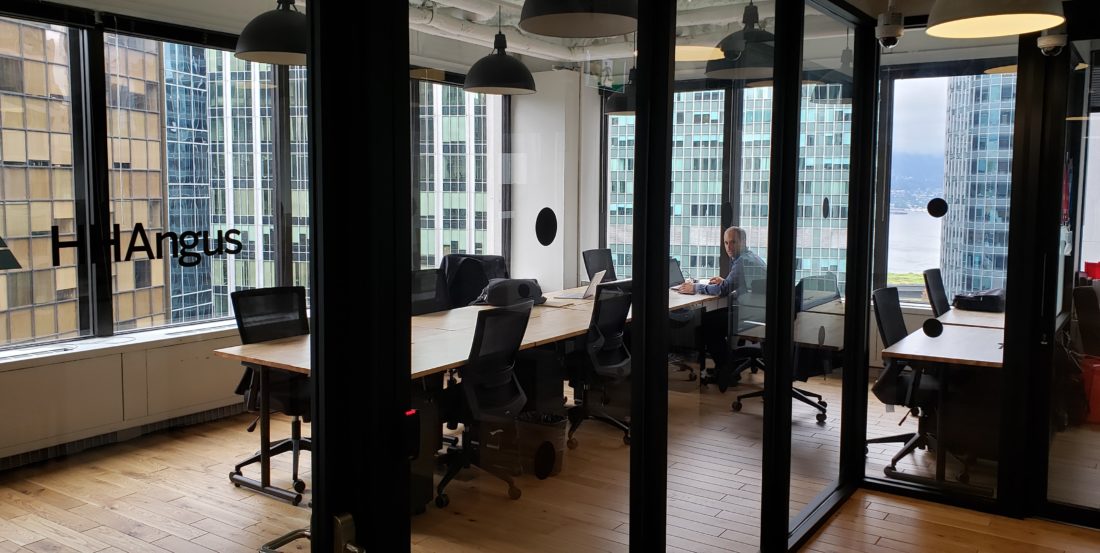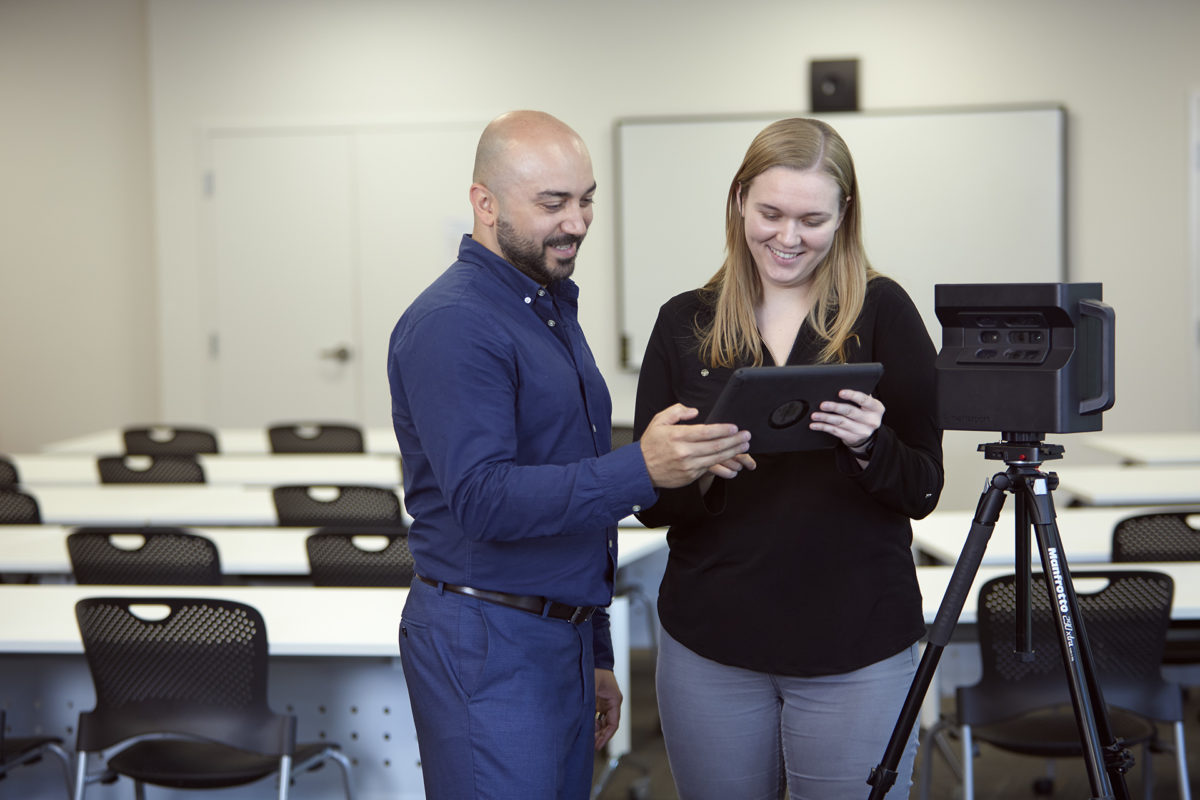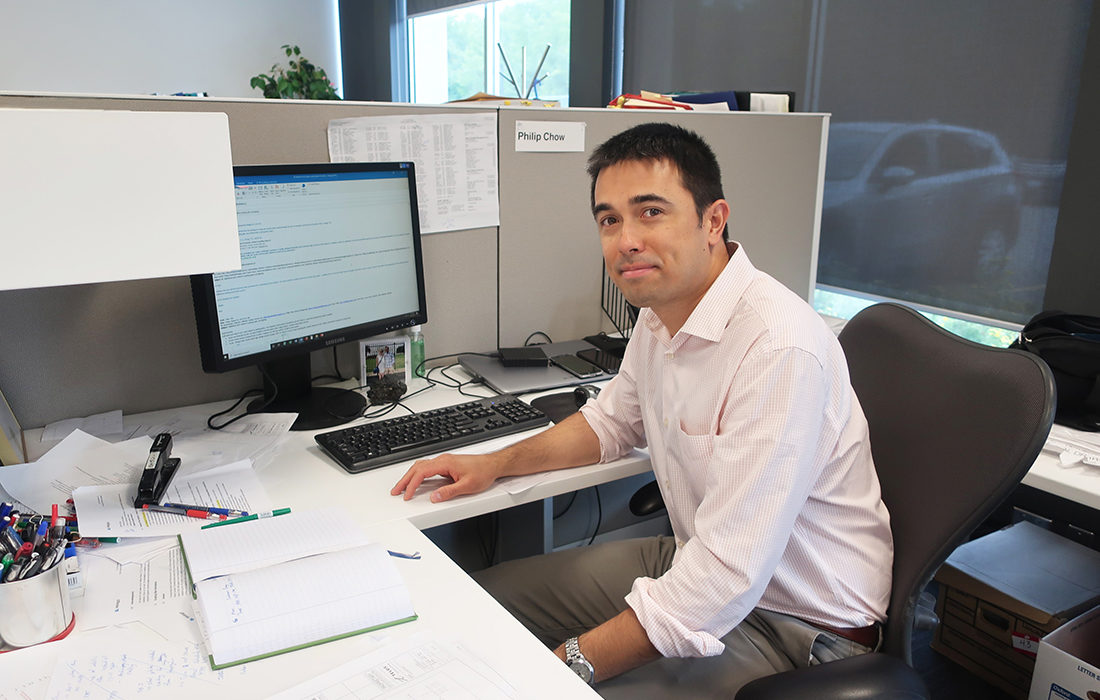
We’re delighted to announce our expansion into British Columbia with the opening of our new Vancouver office.

While our office may be new, HH Angus is no stranger to working in BC. We’ve been successfully delivering projects in Vancouver and across the province for over a decade. Completed projects include Penticton Regional Hospital David Kampe Tower Phase I, commissioning of the TELUS Kamloops Data Centre, Royal Jubilee Hospital Patient Care Centre, and Fort St. John Hospital & Peace Villa.
Current local projects include the Royal Inland Hospital New Patient Care Tower, Royal Columbian Hospital Redevelopment Phases 1 through 3, Lions Gate Hospital power plant replacement, and ongoing mission critical facilities work in the Greater Vancouver Area. We’re also excited to be on one of the pre-qualified teams for the new St. Paul’s Hospital P3 project.
– Top left & right: Royal Jubilee Hospital, Patient Care Centre - Victoria, BC
– Botton left: Penticton Regional Hospital, David E. Kampe Patient Care Tower - Penticton , BC
– Bottom right: Royal Inland Hospital New Patient Care Tower - Kamloops, BC
Expanding our presence in Vancouver allows us to better serve our clients on their BC projects. With over 100 years in business, we bring deep expertise in a range of sectors including healthcare, commercial, education, hospitality, mission critical and research facilities, industrial, sports and recreation, and transportation.
The services we offer include Mechanical and Electrical Engineering, Sustainability (LEED, WELL, Net-Zero, Living Building Challenge, low carbon district energy, energy modeling and CFD analysis), Lighting Design, Information and Communications Technology, Smart Buildings, Vertical Transportation, Tenant Improvements, Commissioning and BIM Development. BC’s progressive attitude towards sustainability aligns well with HH Angus’ approach to sustainable design, particularly when it comes to incorporating high performance, low carbon building design and energy solutions.
“Our Vancouver office is the next logical step in growing our capabilities beyond the large projects we have successfully completed in the province over the years,“We’re looking forward to collaborating even more closely with our current clients and partners while also creating new relationships.”
Our Vancouver team is led by Nick Stark, Ian McRobie and Ryan Kennedy. Nick has over 40 years of experience as a consulting engineer working across Canada, is a member of the firm’s Senior Management Group, and has overall responsibility for the Vancouver office, where he is Principal-in-Charge for several large projects in BC. Ian is an experienced mechanical engineer with nearly a decade of experience with healthcare, commercial, institutional, industrial and transportation projects. Ryan is our lead electrical engineer and brings diverse project experience in the healthcare, commercial, and institutional sectors. Our Vancouver office is part of an overall team of 250 engineers, designers, technologists, consultants and staff seamlessly connected and collaborating across the country.
Click to download HH Angus Vancouver Brochure 2022. You can also contact the following staff members in our Vancouver office:
Dayne Perry
Efe Ijevu
Evan Schnarr
Halley O’Byrne
Hung Kieu
Meagan Webb
HH Angus
555 Burrard Street
Vancouver, BC V7X 1M8
van@hhangus.com
604 229 3165















